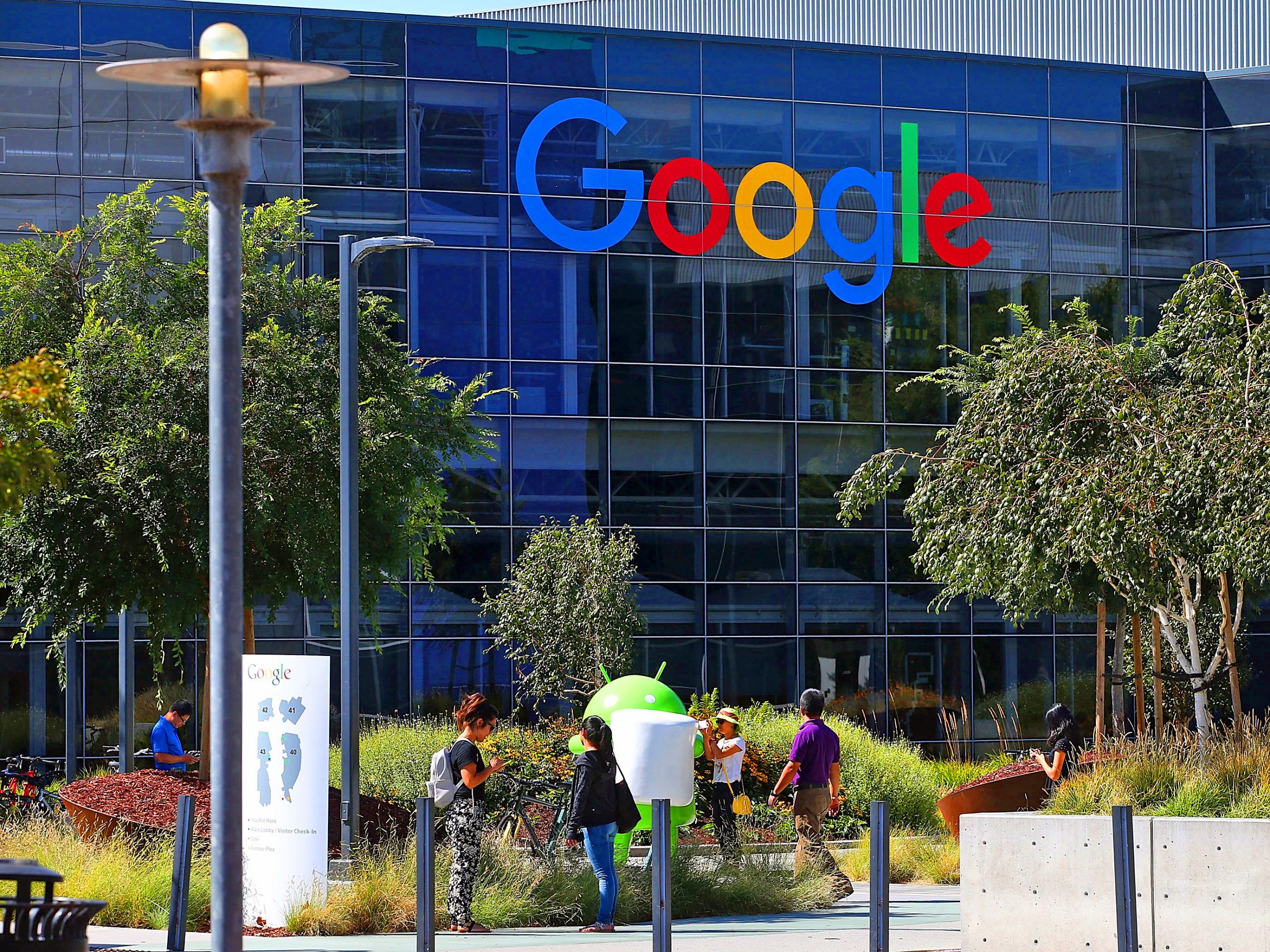- Google reorganized to become Alphabet in 2015, but the way the company is structured is still rather confusing.
- Alphabet is organized in two parts: Google and “Other Bets,” which each house the various other parts of the company’s business.
- On Tuesday, Google CEO Sundar Pichai also became CEO of Alphabet, and cofounder Larry Page stepped down.
- Here’s a breakdown of all the divisions under Alphabet.
- Visit Business Insider’s homepage for more stories.
It’s been four years since Google blew up its entire corporate structure to form a new parent company: Alphabet.
The shake-up was intended to help all of its businesses operate more efficiently, a move former CEO Larry Page was working on for years as a secret project he called “Javelin.”
This move also allowed Page to step back from day-to-day operations to “focus on the bigger picture.”
Now, Alphabet is a massive corporation that encompasses everything from internet-beaming hot air balloons to self-driving cars to Google Cloud. As of Tuesday, Sundar Pichai is CEO of Google and Alphabet, although cofounders Larry Page and Sergey Brin will remain board members and hold controlling shares.
Here are all the companies and divisions within Google's parent company, Alphabet:
Google officially became Alphabet in October 2015, with the hope of allowing business units to operate independently and move faster. Google cofounder Larry Page was named the CEO of the umbrella company, Alphabet.
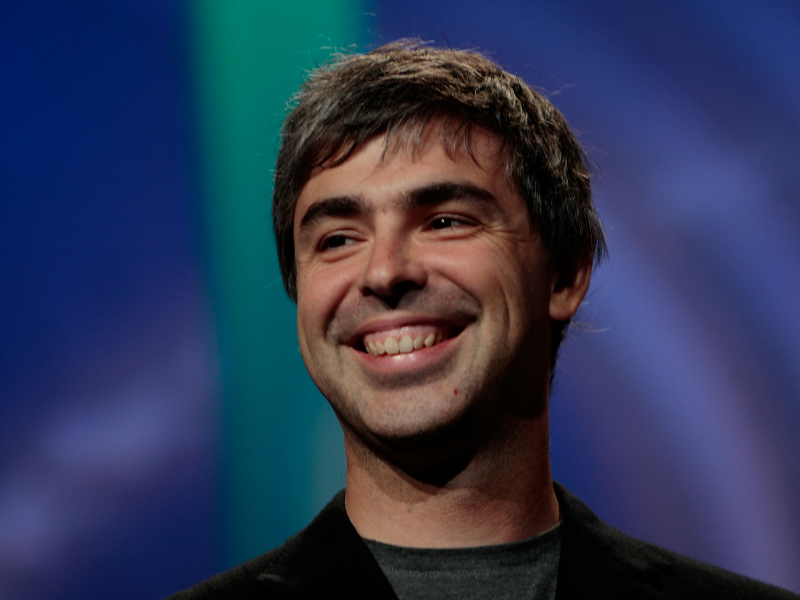
Alphabet is divided into two main units: Google and Other Bets. Other Bets is best known for its "moonshot" R&D unit, X, but it also houses several other companies. Let's start with the smaller companies under Other Bets.
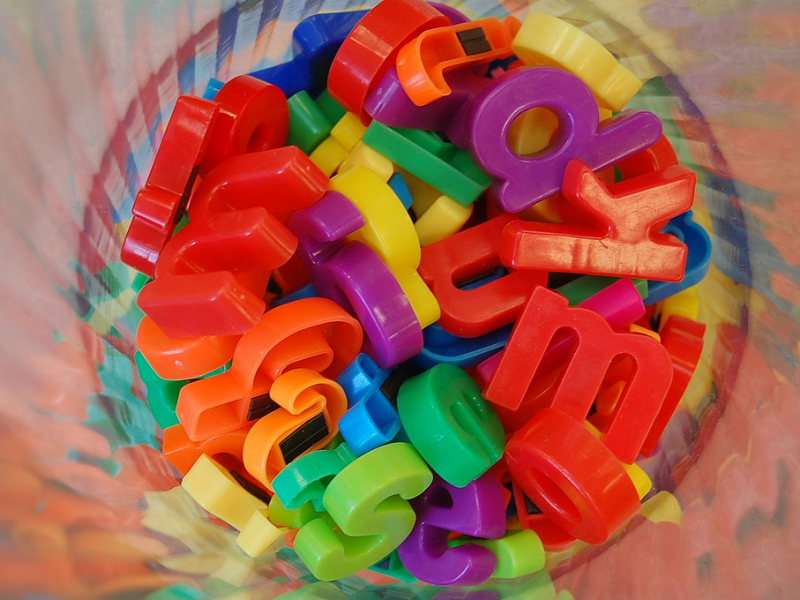
Alphabet's Access division includes Google Fiber, which launched in Kansas City in 2012 and expanded to over 15 cities. Fiber offers extremely fast high-speed internet, TV, and phone service. It's billed as an alternative to traditional cable companies.
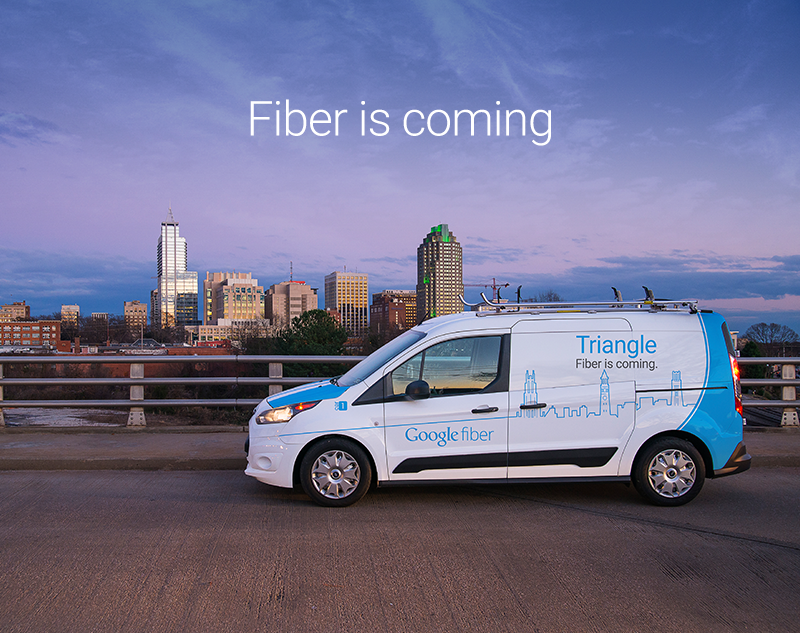
Source: Business Insider
But Alphabet has scaled back its bet on Fiber, halting expansion to new markets and eliminating hundreds of jobs. According to reports, it's due to "decreased interest from the founders." In February, Fiber left Louisville, Kentucky.

Source: Business Insider, CNBC, Fiber
Verily focuses on healthcare and disease prevention research. One of its first projects was smart contact lenses that can monitor a wearer's glucose levels, which has since been put on hold. Now, it's focusing on identifying diseases and improving user experience for patients.
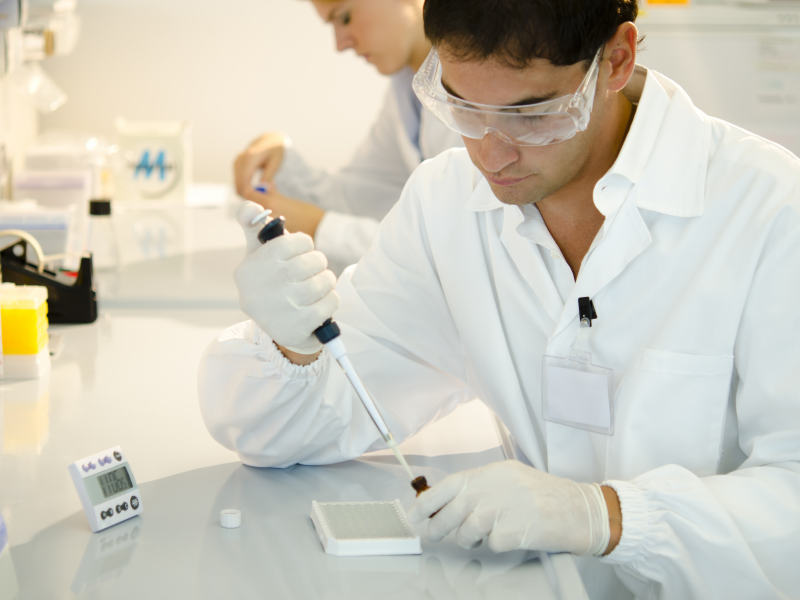
Sidewalk Labs is an Alphabet company founded in 2015 to focus on urban innovation. Led by Dan Doctoroff, Sidewalk Labs aims to find new ways to improve cities through technology. The company is located in New York City's Hudson Yards redevelopment, and is also designing a neighborhood along Toronto's waterfront.
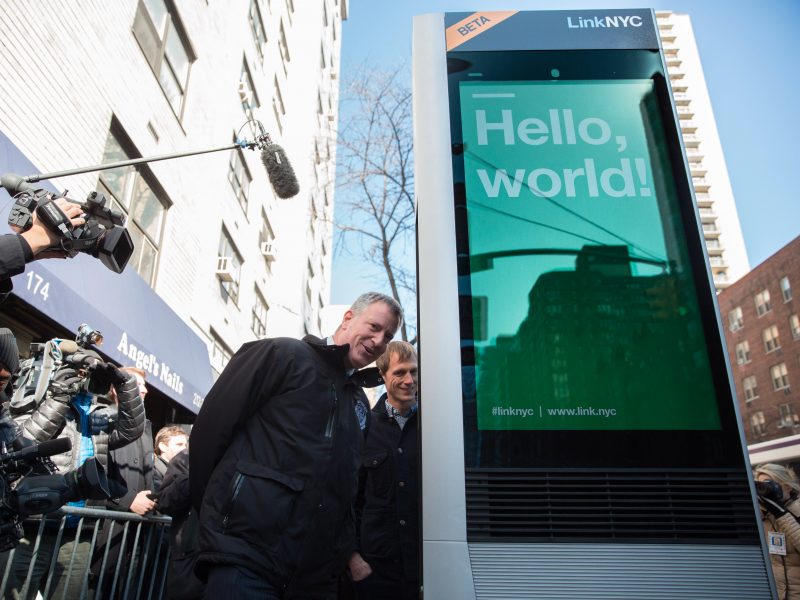
Source: Business Insider, Hudson Yards
Calico launched in 2013 with an ambitious goal: "cure death." The Alphabet-owned company has invested millions to develop drugs that could help prolong human life by fighting age-related diseases like cancer or Alzheimer's, and it has been collaborating with MIT's Broad Institute to study aging.

Source: Business Insider
GV is Alphabet's early-stage venture arm. Formerly known as Google Ventures, GV has more than $4.5 billion under management and has invested in more than 400 companies, including Uber, Lime, and Slack.
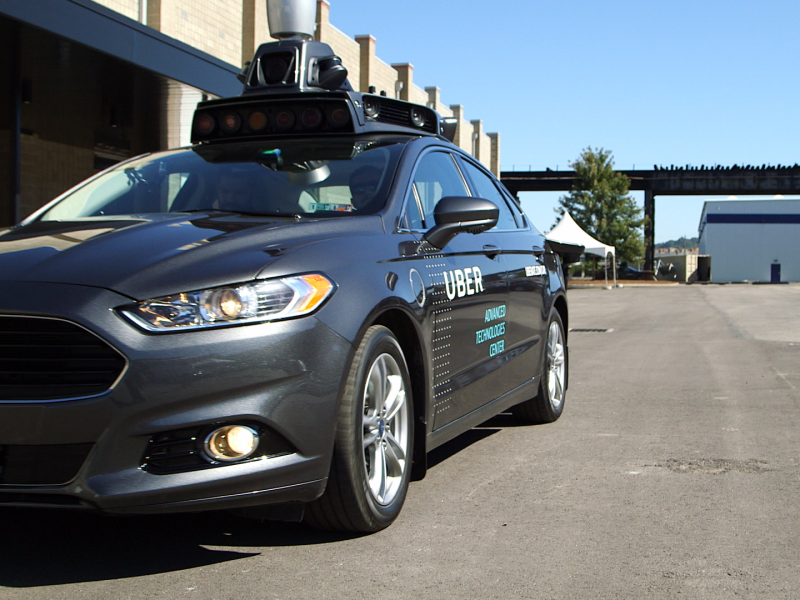
Source: Business Insider
Google Capital — now known as CapitalG — is Alphabet's growth equity investment fund. Its mission is purely financial returns, but unlike GV, CapitalG focuses on later-stage startups. Some of its investments include Airbnb, Glassdoor, and Thumbtack.
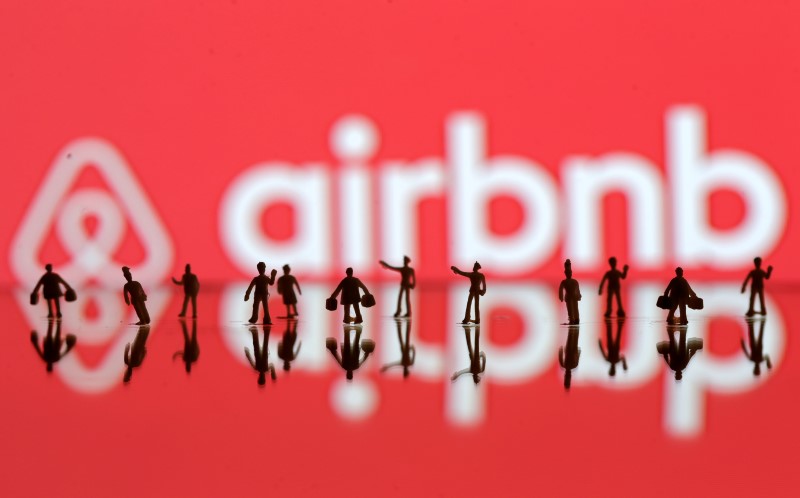
Source: Business Insider
The "think tank" division within Alphabet was spun off into a company called Jigsaw early in 2016. Led by Jared Cohen, Jigsaw uses technology to try to tackle geopolitical problems like online censorship, extremism, and harassment.
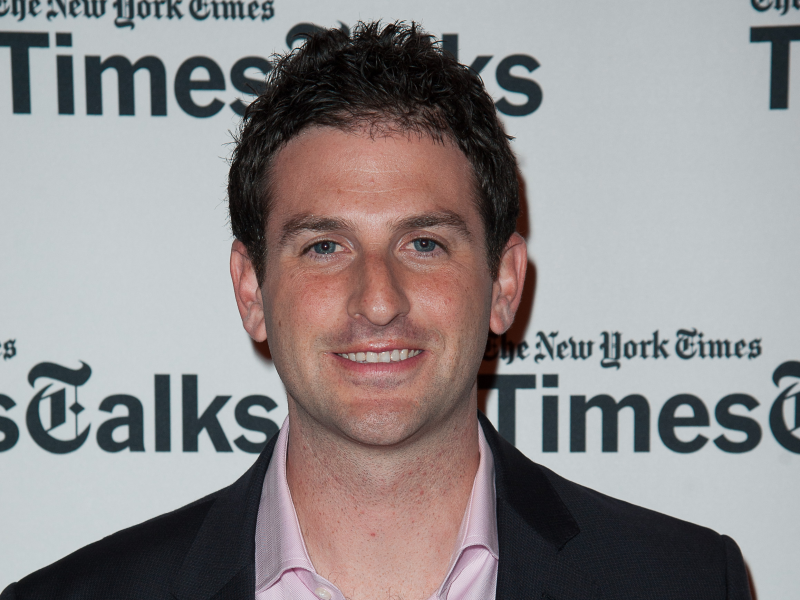
Source: Business Insider
DeepMind focuses on artificial intelligence research. Acquired in 2014 for $500 million, DeepMind has focused on adding artificial intelligence throughout Google products, including search. The DeepMind AI can also teach itself how to play arcade games and can play board games against humans.
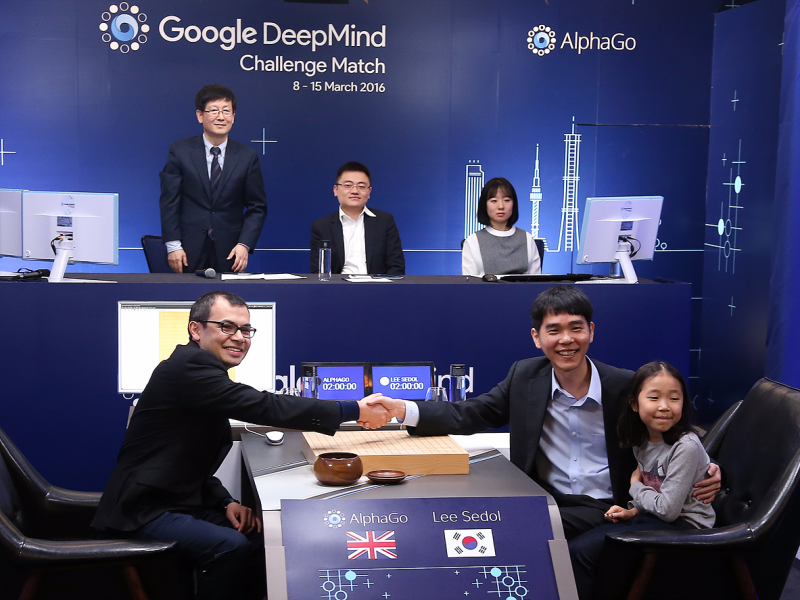
Source: Business Insider
X is a secretive R&D lab, nicknamed Alphabet's moonshot factory. It's led by Astro Teller.
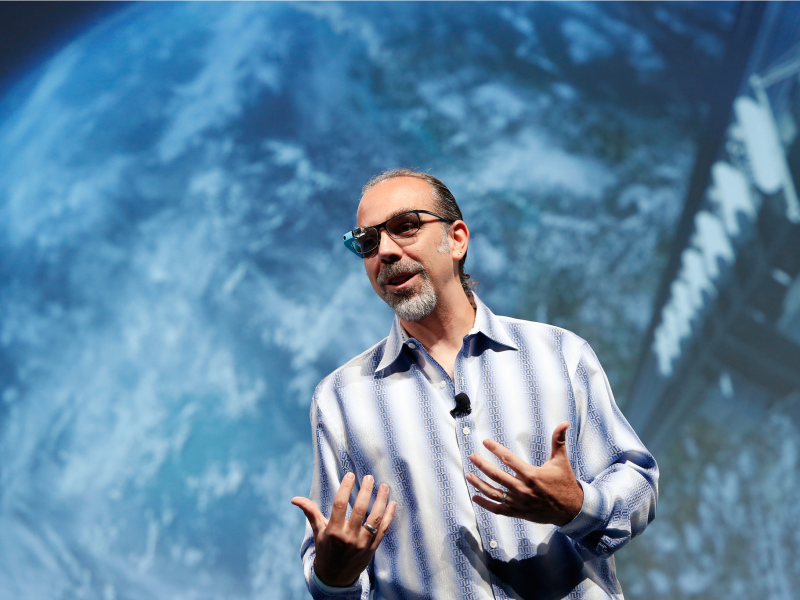
X has a long list wide-ranging projects, from its Everyday Robot Project to smart glasses to salt-based energy storage.
Some X projects have become full-fledged companies. Project Loon, a former X "moonshot" that is now an independent business, has a mission to bring web access to two-thirds of the world's population using internet-beaming hot air balloons.

Source: Business Insider, Business Insider
Waymo, Alphabet's self-driving car project, has labored for more than a decade to develop fully autonomous vehicles. While it began as a part of X, the self-driving car unit spun out into its own business in December 2016. Waymo partnered with Lyft on a self-driving ride service in the Phoenix area.
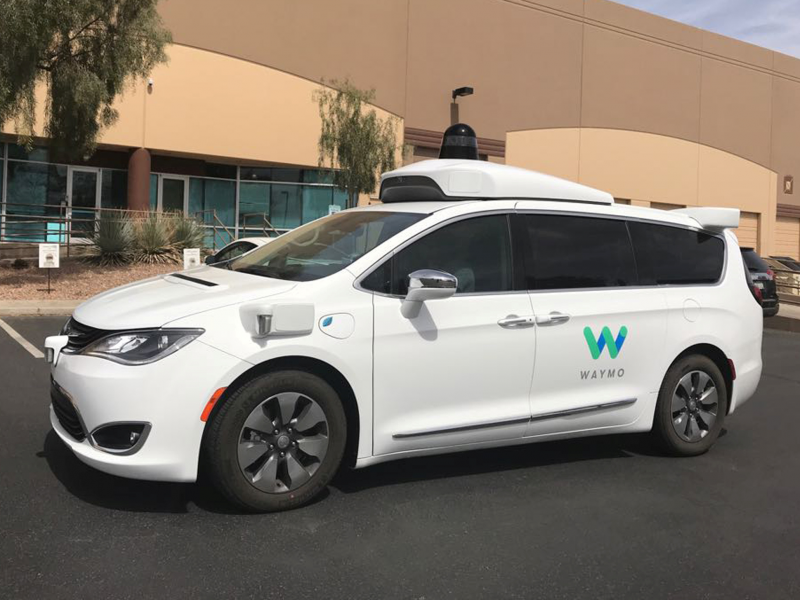
Project Wing is also a company that originated inside X. The commercial drone delivery service made headlines in September 2016 when it flew Chipotle burritos to Virginia Tech students. Wing has had trouble though, such as accusations of harsh working conditions. The project's leader, Dave Vos, left the company in October 2016.
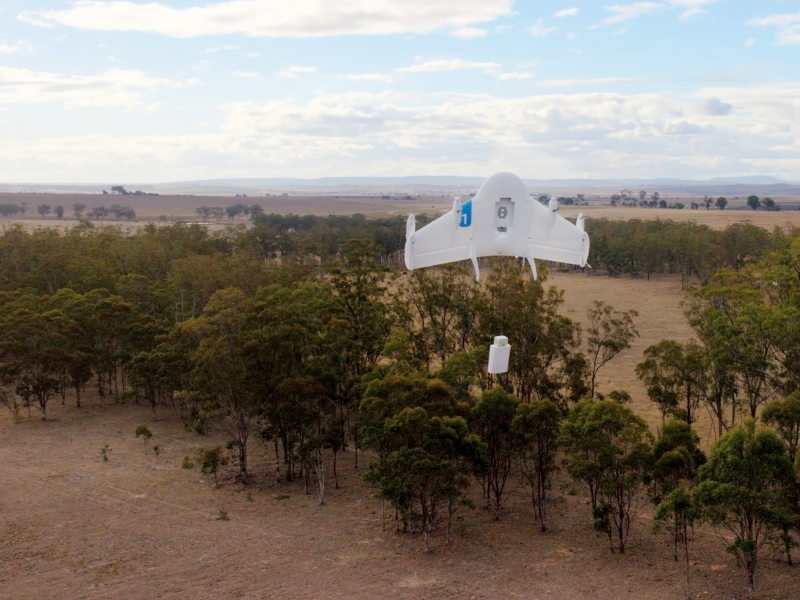
Read more: The alarming inside story of a failed Google acquisition, and an employee who was hospitalized
Source: Business Insider, Business Insider
Titan Aerospace was acquired by Google in 2014 and renamed Project Titan as part of X. Project Titan was charged with building solar-powered drones designed to fly nonstop for years and beam internet around the world. But the project was shuttered altogether in late 2016 with the remnants of it lumped in with Project Wing.
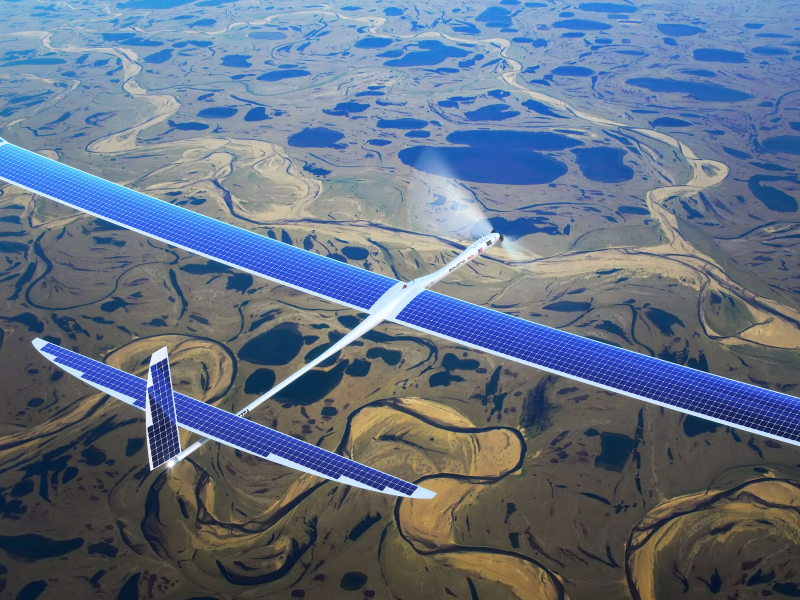
Source: Business Insider, Business Insider, 9to5Google
Makani, which develops airborne wind turbines, spun out from X in early 2019. It runs a test site in Hawaii.
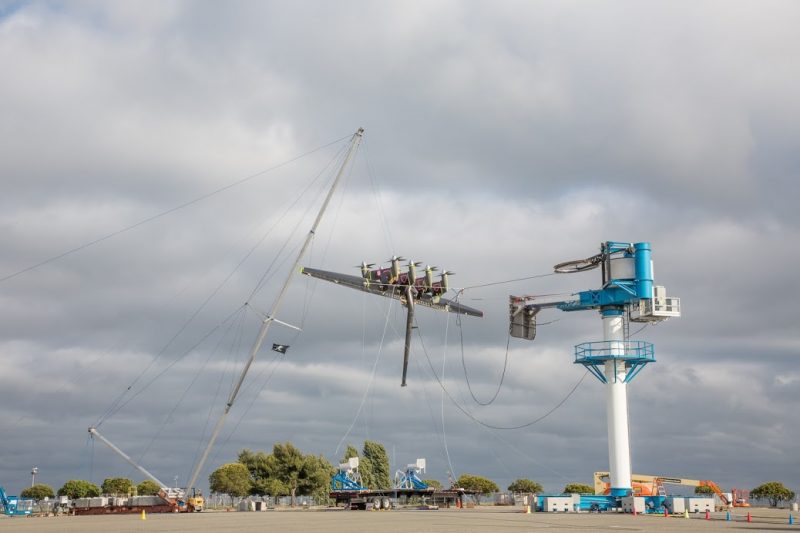
Source: Financial Times
Up next: Google itself.
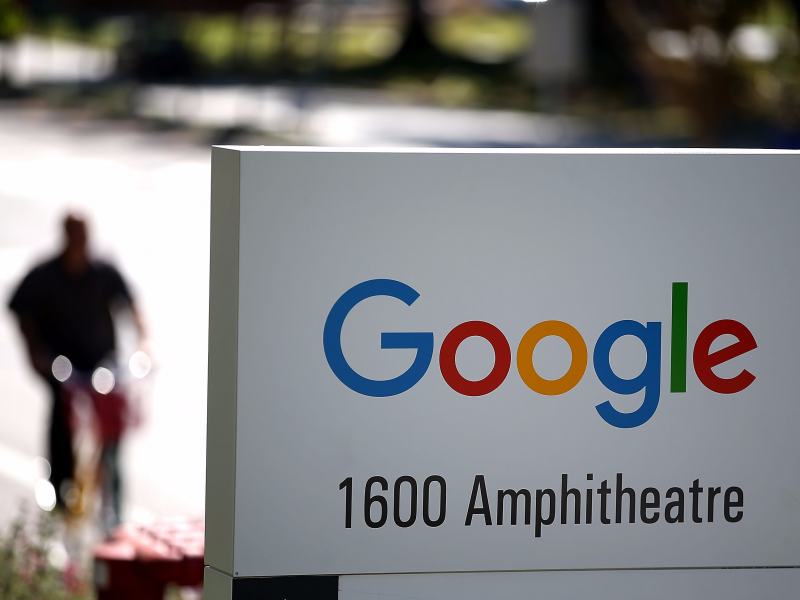
All of Alphabet's "traditional" products — like Chrome, the Pixel phone, Google Home, and Google Play — are still housed under Google, which is run by CEO Sundar Pichai.
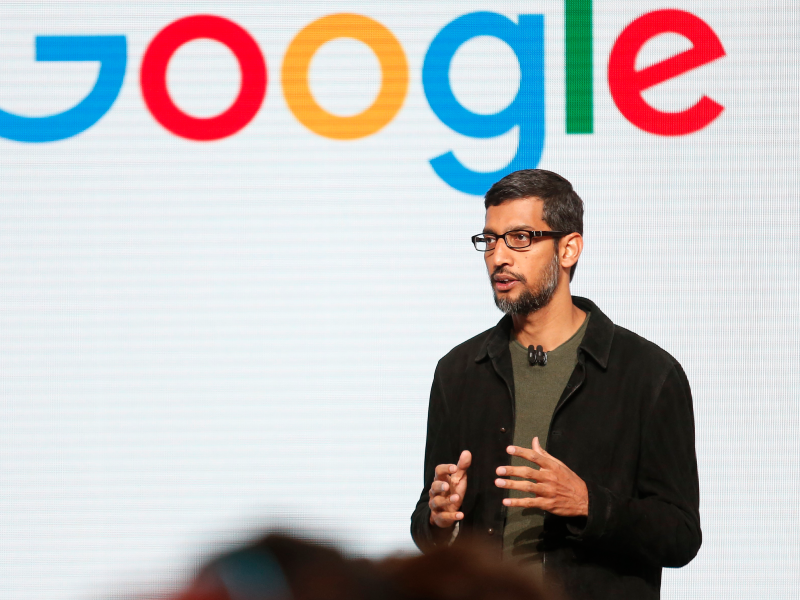
Nest Labs built smart doorbells, thermostats, and other home devices, like outdoor security cameras. The company was acquired by what is now Alphabet in 2014, and in June 2016, CEO Tony Fadell stepped down. He was replaced by Marwan Fawaz. In February 2018, it was announced Nest would be folded back into Google's hardware unit.
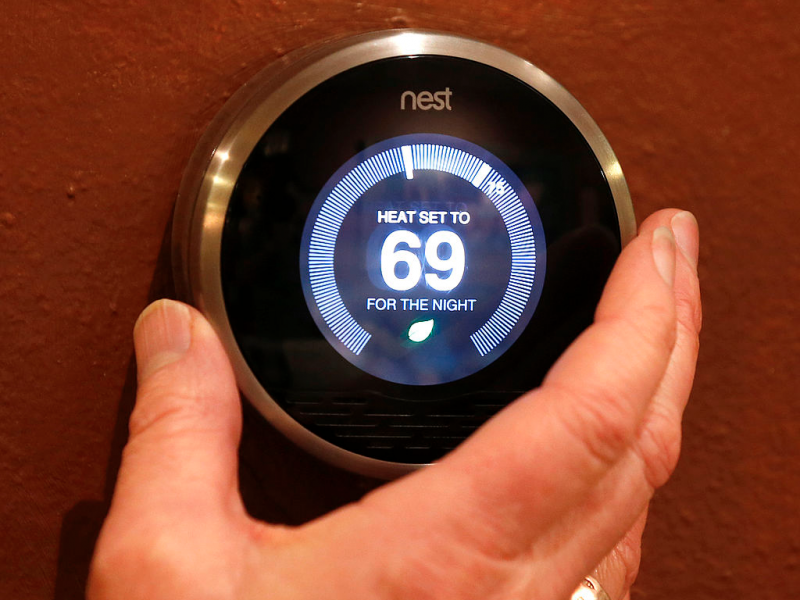
Source: Business Insider
Google's hardware division was formed in 2016 when Google hired former Motorola president Rick Osterloh. Osterloh was put in charge of Pixel phones, Google Home, Chromebooks, and revamping Google Glass. Google Nest also falls under his purview now. Osterloh reports directly to Pichai.
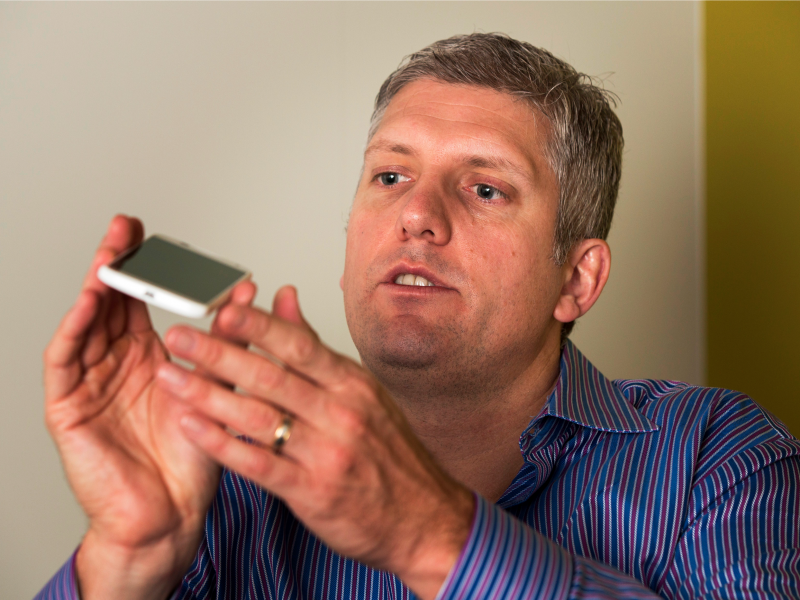
Source: Business Insider
ATAP, which stands for Advanced Technology and Projects, is a secretive Google division that works on projects like Jacquard, which makes smart fabric; Soli, which uses radar for touchless gesture control; and Spotlight Stories, which creates short VR films. ATAP now falls under Osterloh's hardware division.
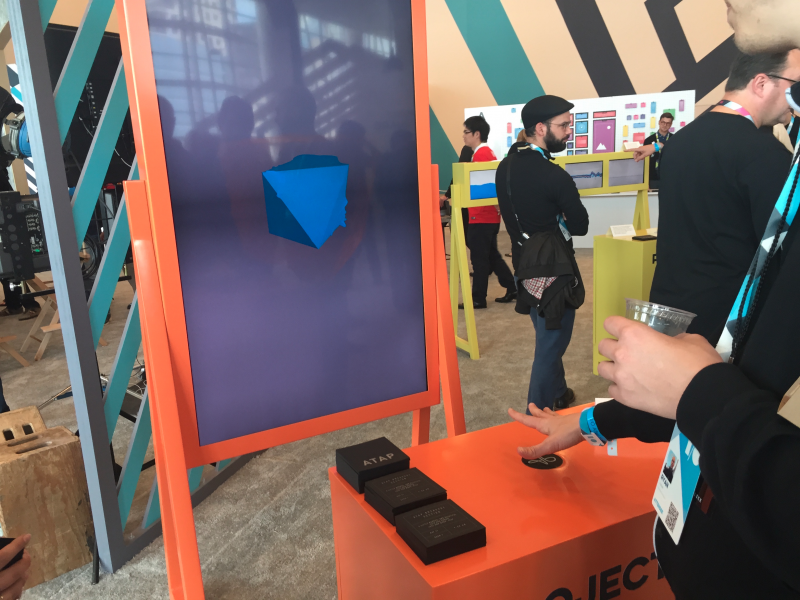
Source: Business Insider
Google Cloud is Google's cloud-computing platform that competes with Amazon Web Services and Microsoft Azure. The division is a major source of investment for Google right now. Diane Greene ran Google Cloud from 2015 to 2018 — she was replaced by former Oracle exec Thomas Kurian.
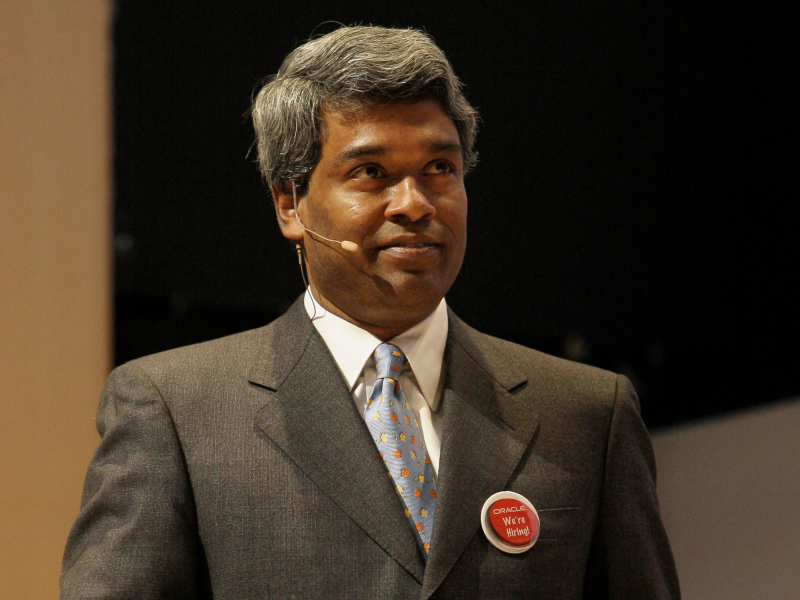
Source: Business Insider, Business Insider
Google Cloud houses G Suite, which includes Hangouts Meet, Calendar, Mail, Plus, Cloud Search, and Drive. According to Google, millions of businesses are now using the service.
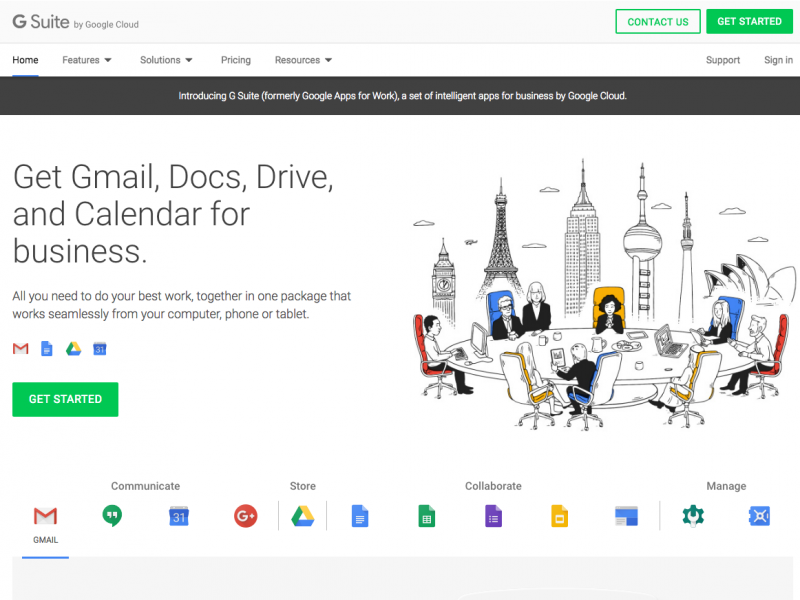
Source: Google
Chronicle is a former X project that became a standalone Alphabet business. Its plan was to machine learning to help security teams prevent threats, but in June, it was folded into Google Cloud.
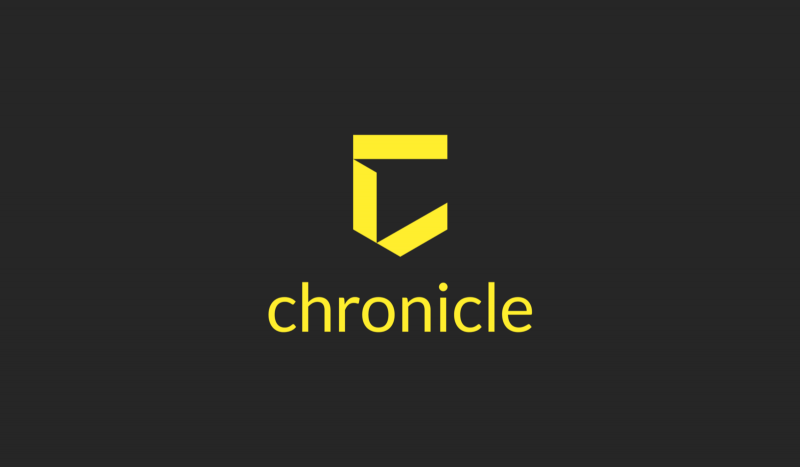
Source: Chronicle
YouTube was acquired in 2006 and remains a subsidiary of Google. The video-hosting site, run by Susan Wojcicki, has emerged as the world's No. 1 video-sharing site and the No. 2 most-visited site on the web. Analysts estimate that YouTube generates enormous revenue, but Alphabet has yet to reveal the service's financial performance.
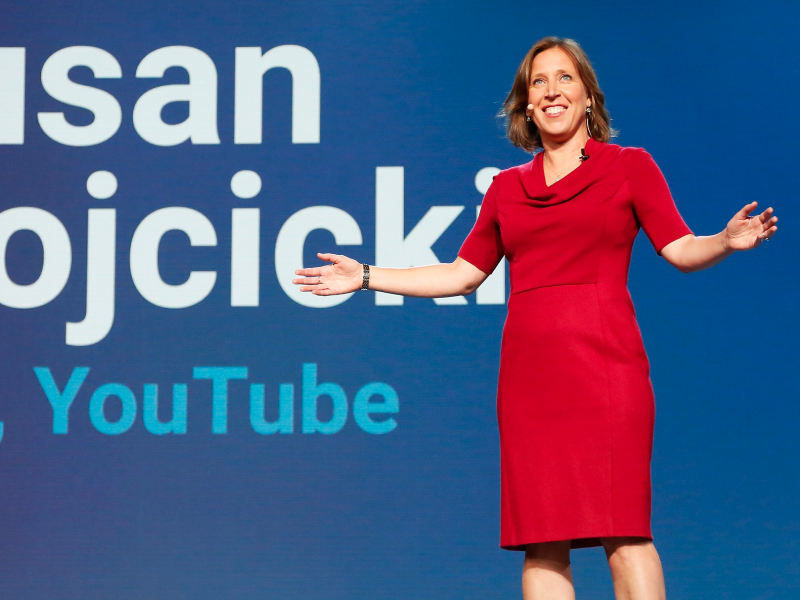
Source: CNBC
Google's core product, web search, remains under the Google umbrella.
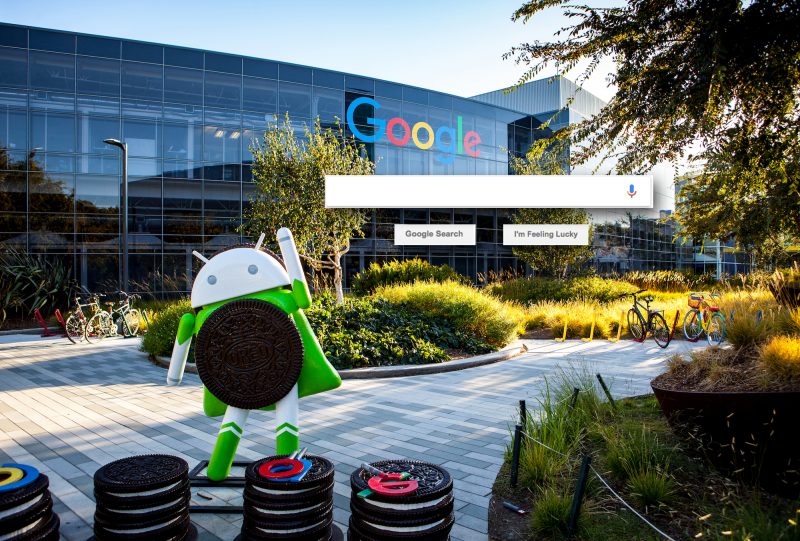
Google Maps is part of Google's core business and by 2016, had more than 1 billion monthly users.
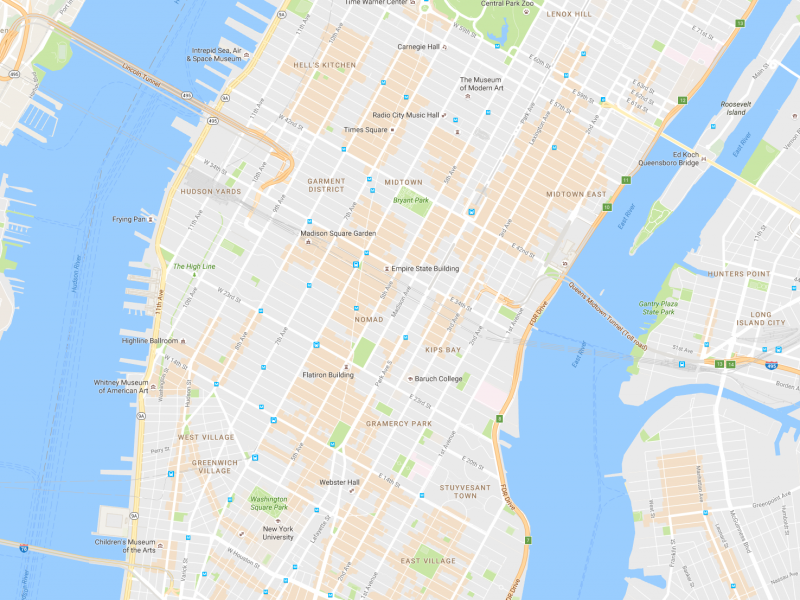
Source: Business Insider
Google AdSense lets publishers earn money from online content, placing ads on publishers' webpages. Advertising drives the majority of revenue for Google.
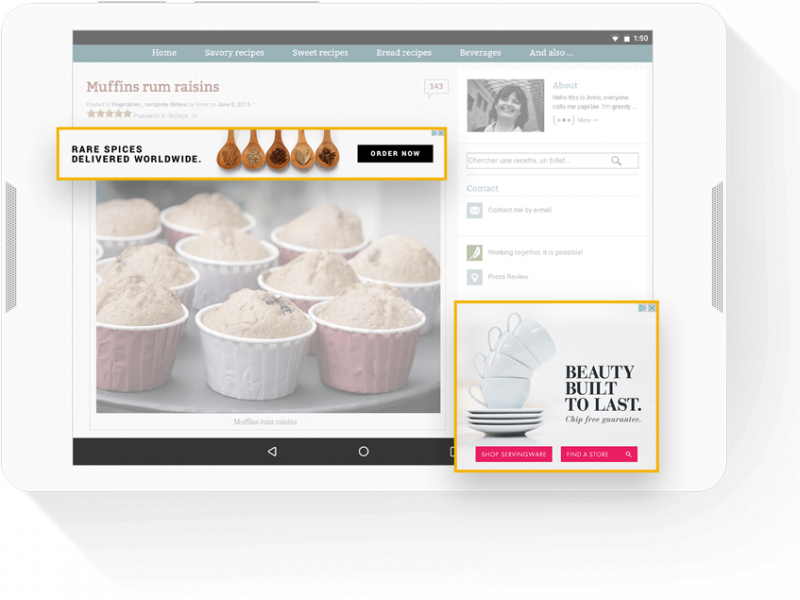
And finally, there's Android: Google's mobile operating system. The company frequently rolls out new versions, which used to be named after different desserts, including KitKat, Lollipop, and Marshmallow. In 2019, Google rebranded Android 10, dropping the sugary names, and adding a new logo and color scheme. Apps, movies, music, and books for Android devices can be downloaded from Google's Play Store.
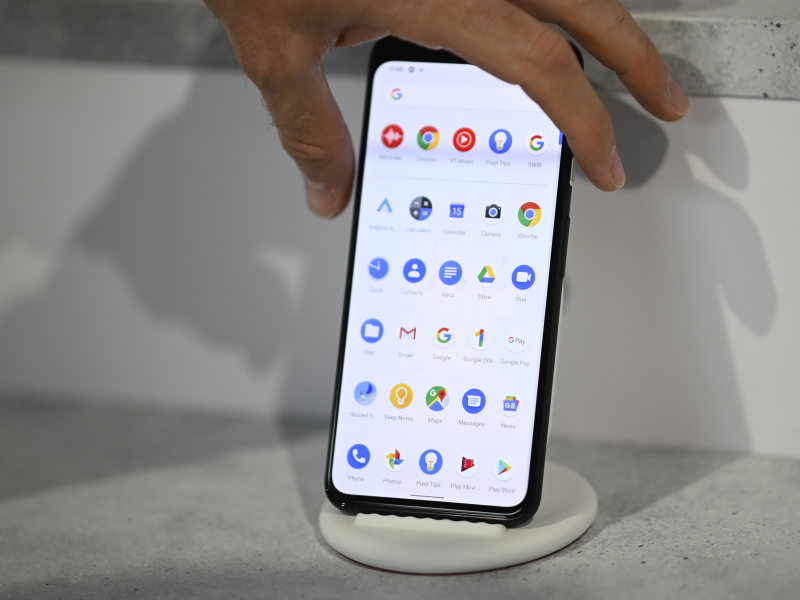
Source: Digital Trends
